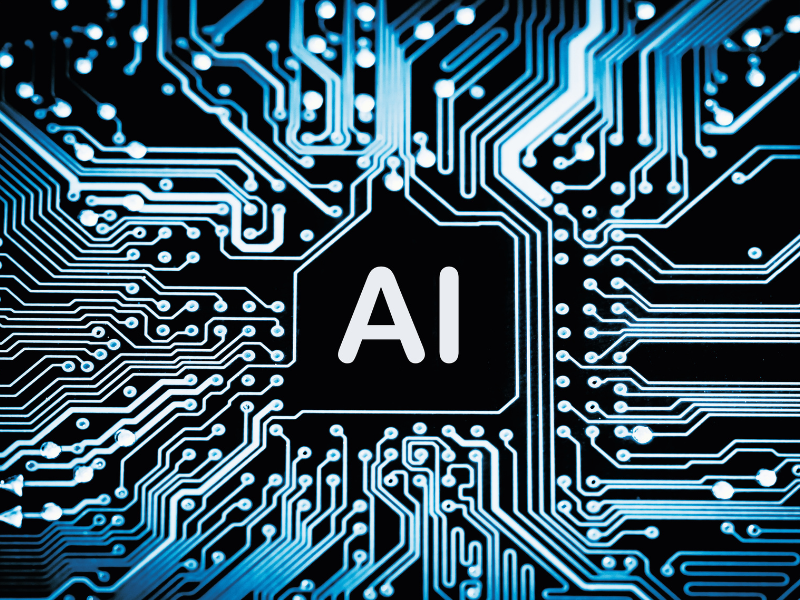Deep Dive: the impact of AI on vision-based edge devices

In this article we highlighted the benefits and use cases of AI on vision-based edge devices. In this post, we will take a deeper dive into the technical aspects of this innovative technology.
How does AI on Vision-Based Edge Devices Work?
- Data Collection: Vision-based edge devices, such as cameras and sensors, collect visual data from the environment.
- Pre-processing: The data is filtered and compressed to optimize efficiency.
- AI Inference: Deep learning models are applied to the pre-processed data to recognize objects, detect patterns, and trigger actions.
- Decision Making: Based on the AI inference, decisions are made in real-time, without the delay caused by communication with the cloud.
- Actuators: The edge device can then control actuators, such as motors or robots, to execute the desired actions.
What Hardware is Required?
The hardware required for AI on vision-based edge devices depends on the specific application. However, the following components are crucial:
- Processor: A powerful processor with AI support is needed to run the deep learning models.
- Memory: Sufficient memory is needed to store the visual data and the AI models.
- Storage: The data collected and analysed needs to be stored for future use.
- Connectivity: The edge device must have connectivity with other devices and systems in the network.
What Software is Required?
The software required for AI on vision-based edge devices includes:
- Operating System: A real-time operating system (RTOS) is required to meet the real-time requirements of the application.
- AI Framework: A framework such as TensorFlow Lite or ONNX Runtime is needed to implement and load the deep learning models on the edge device.
- Application Software: Software specific to the use case needs to be developed to implement the application's functionality.

Challenges and Future Outlook
Some of the challenges associated with AI on vision-based edge devices include:
- Security: It is crucial to secure the data and the AI models against cyberattacks.
- Privacy: The privacy of users must be guaranteed when collecting and processing visual data.
- Power Consumption: Edge devices with AI functionality require more energy, which can be a challenge in battery-powered devices.
Despite these challenges, AI on vision-based edge devices has enormous potential to transform various sectors.
Get started with AI
The integration of AI into vision-based edge devices is an exciting development with a wide range of applications. The benefits of real-time response, increased efficiency, improved privacy and offline functionality make this technology a valuable tool for various areas. In the coming years, we expect further innovations making this technology even more powerful, efficient and accessible.
Kick starter set for quick AI embedded vision applications
Our kick starter kit is based on the i.MX 8M Plus from NXP. This powerful application processor consists of, among other things: 4 powerful Cortex-A53 cores, a Cortex-M7 MPU, a DSP and a GPU. This makes it ideal for machine learning, vision, advanced multimedia and IIoT applications.

Gilles Hendrikx
Build Acceleration | Boards | UI | Development